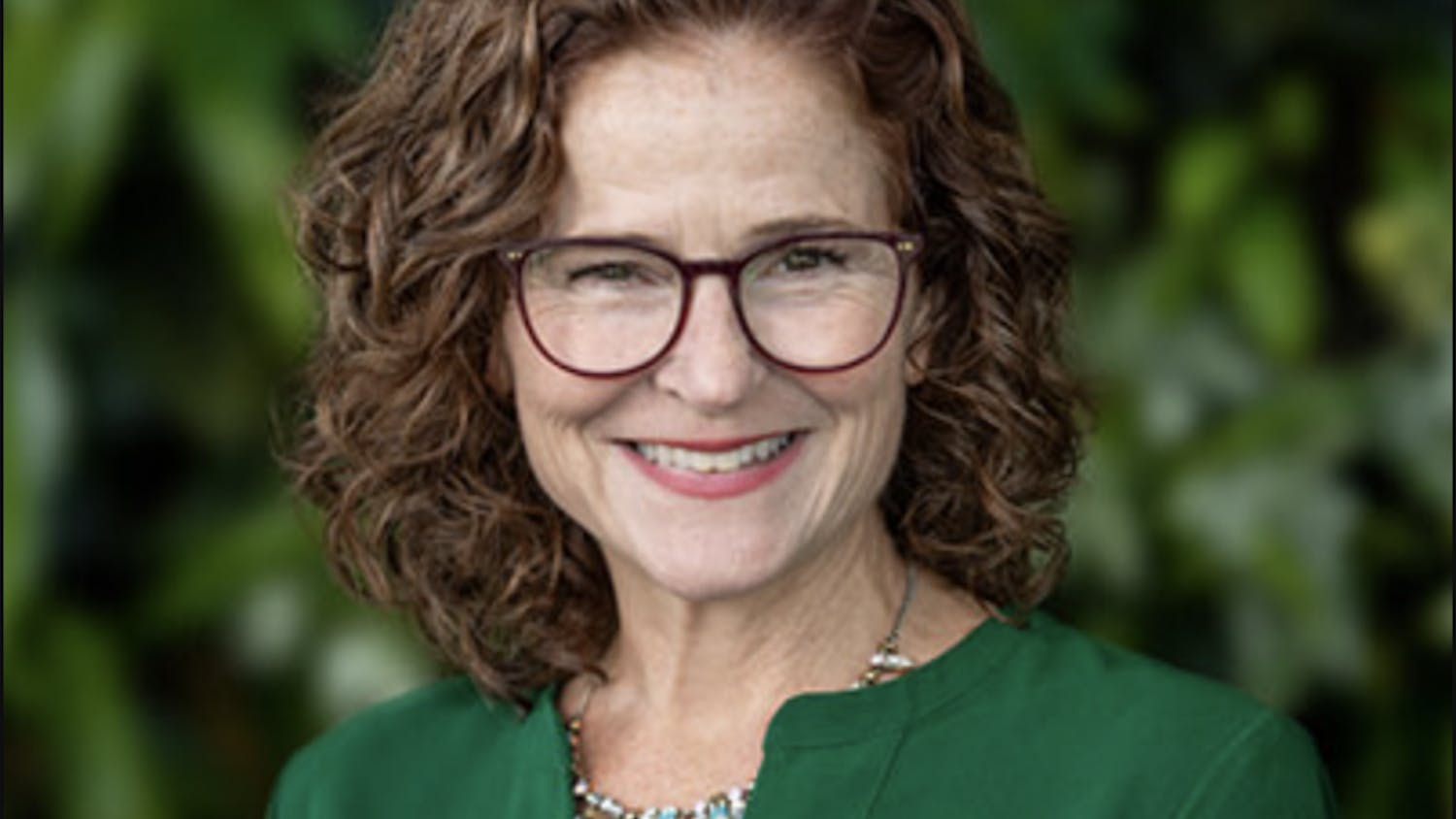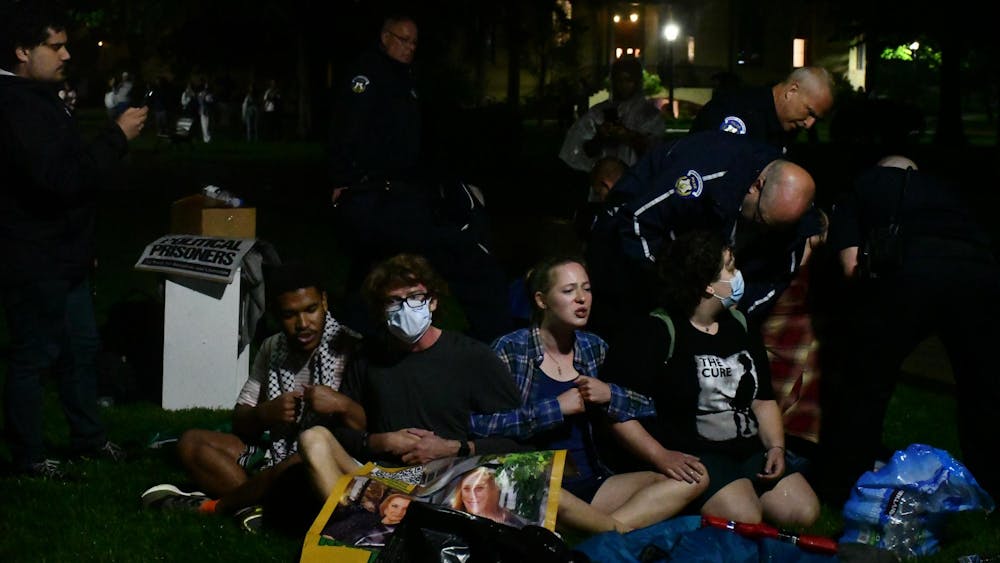The University announced a new sustainability strategy that sets ambitious goals to reduce campus carbon emissions dramatically in less than 20 years.
The new Sustainability Strategy pledges to reduce the University's carbon footprint by 50 percent per square foot by 2030, according to a Monday press release.

The strategy also outlines goals to improve water efficiency, expand sustainability education and divert 67 percent of campus waste from landfills by 2030.
Executive Vice President John Affleck-Graves said in a press release that the plan builds upon the University's past green initiatives.
"We have made a great start: our carbon emissions per square foot have already declined 15 percent since our 2006-2007 baseline year," Affleck-Graves said. "During that time, we have invested over $10 million in energy efficiency, and we continue to invest in energy and water efficiency technology as well as recycling infrastructure. But in order to achieve the goals we have now set for ourselves, we need the entire campus community to rise to the challenge."
Director of Sustainability Heather Christopherson said plans for the new strategy began when the University founded the Office of Sustainability in 2008.
"[The Office of Utilities] was investigating all options for its energy demands," Christpherson said. "We worked in conjunction with that effort and looked a lot at what other universities have done, what other corporations have done in terms of what their goals have been … We wanted to create goals that made sense for Notre Dame, that were achievable but aggressive."
Christopherson said the strategy also includes plans to investigate more alternative energy sources.

"What's in the strategy, as long it economically makes sense, is to push as much as we can to natural gas … which is a smaller carbon output than coal," she said. "In this exact moment, it doesn't make sense for us to invest heavily in solar or in wind."
Educating students on how they can contribute to meeting this goal will be the first step toward a change, Christopherson said.
"The University is making a commitment saying, ‘We commit to reduce carbon emissions, we commit to reduce our waste,'" Christopherson said. "The goal is to change the mindset of everyone on campus [about sustainability.]"
Christopherson said the Office of Sustainability will also continue to promote its current projects. Over 100 classes focusing on sustainability are taught each year, and minors in Sustainability and Energy Studies are growing.
The University's $2 million Green Loan Fund developed by the Office of Sustainability is also used to fund projects such as high-efficiency data servers, environmentally friendly laundry equipment, real-time electricity metering in the residence halls and the annual CFL light bulb exchange, the press release stated.
"One of the aspects of the strategy that is really important is that it is really flexible," she said. "It is part energy conservation, part look at fuel, part looking at renewable [resources] … We can adapt to changing technologies."
Small changes from students, staff and faculty members can also help achieve the strategy's goals, Christopherson said.
"Being mindful of the energy that person consumes, so turning off lights; game systems and televisions when they are not in use, putting computers to sleep when not in use; when a cell phone is not in use, unplug the charger … all of those little things, if all of us do those little things on campus together, it adds up," she said.
Student body president Pat McCormick campaigned for his administration on the platform of improving Notre Dame's sustainability. Shortly after he assumed his office last April, the Student Senate passed a resolution proposing the adoption of a comprehensive University sustainability strategy.
The resolution stated that the strategy should "include a plan that will aim to put the University on a trajectory to reduce the University's carbon footprint 70 percent from 2005 levels by 2050."
McCormick and other student government leaders collaborated with the Office of Sustainability and the Office of the Executive Vice President as they developed the final strategy over the past few months. While the new Sustainability Strategy does not exactly match the resolution, McCormick said he feels the plan is "aggressive, but achievable."
"The ultimate compromise that ended up developing as we talked about this was that we would have an interim target, a 2030 target that … would be based on gross square footage so you could have a measure that could incorporate the future growth of the University," McCormick said.
The plan, however, could still meet McCormick's most long-term vision.
"What we are most excited about is that this still does put us on the trajectory to potentially have the kind of trajectory that we had hoped for in the Student Senate resolution by 2050, but it sets an interim target that allows us to have an interim set of goals," McCormick said.
McCormick said he sees students as important voices as the University attempts to meet its goals.
"As we move forward, the key is going to be to ensure that students continue to have a place at the table when it comes to shaping this strategy," he said. "We are just very grateful to Dr. Christopherson and Dr. Affleck-Graves in their willingness to really allow students to play a role in shaping this effort."












